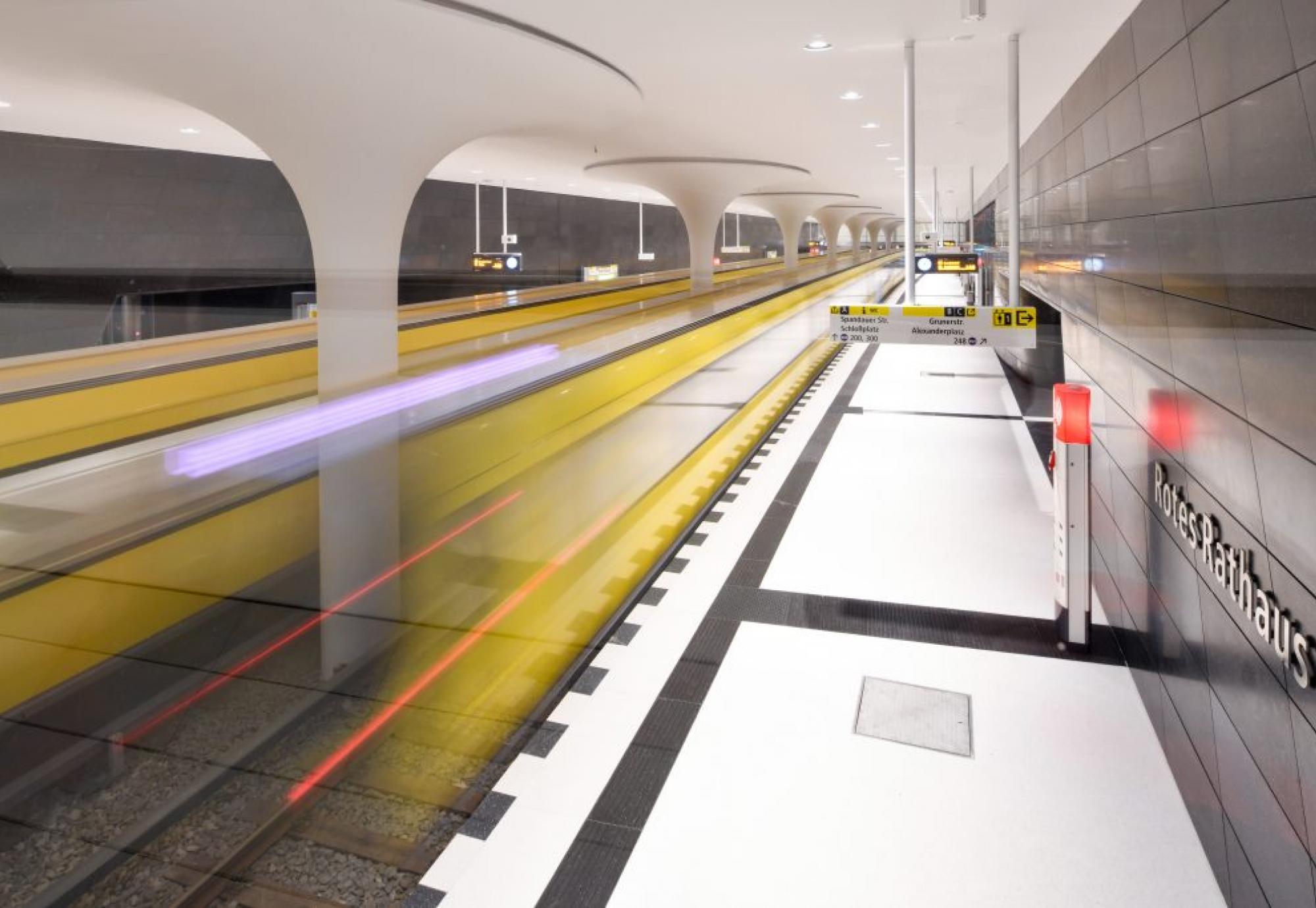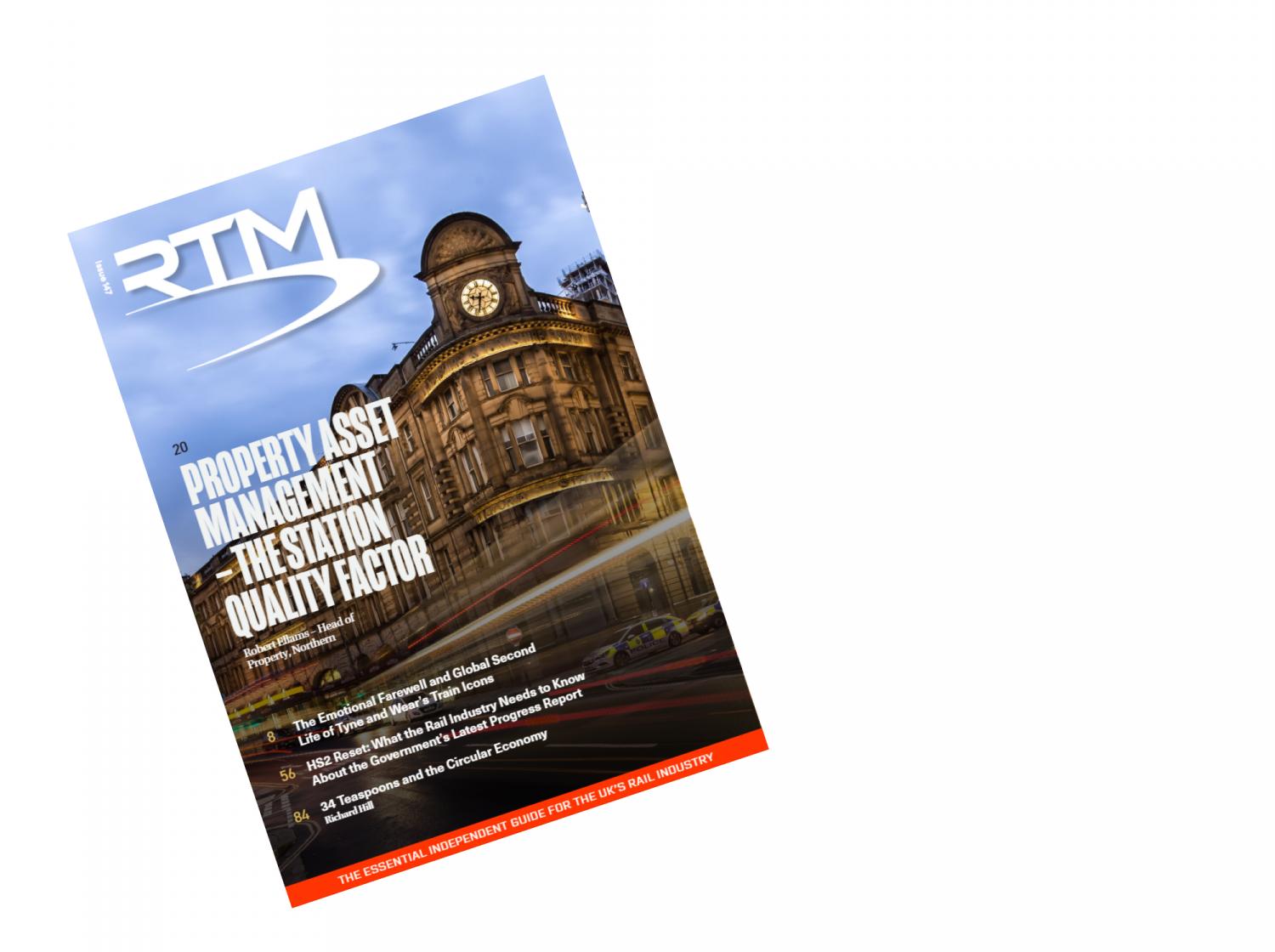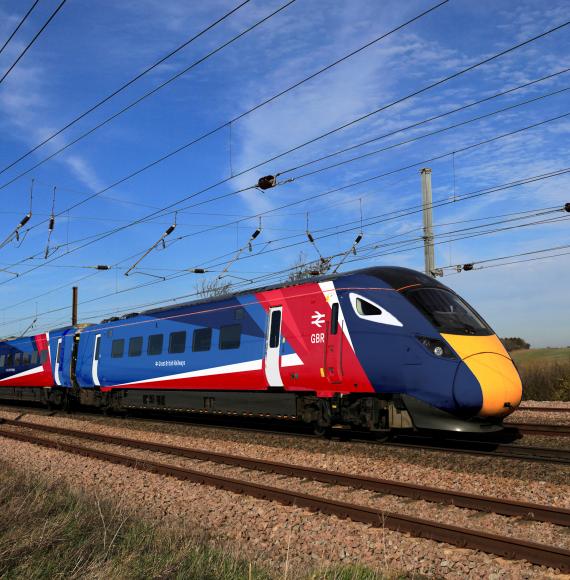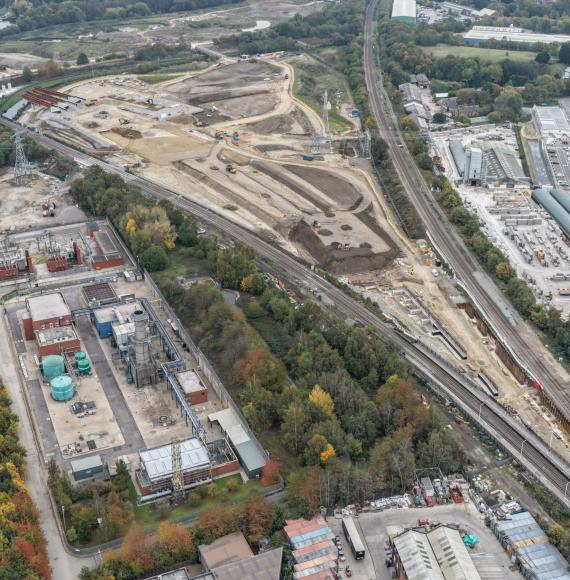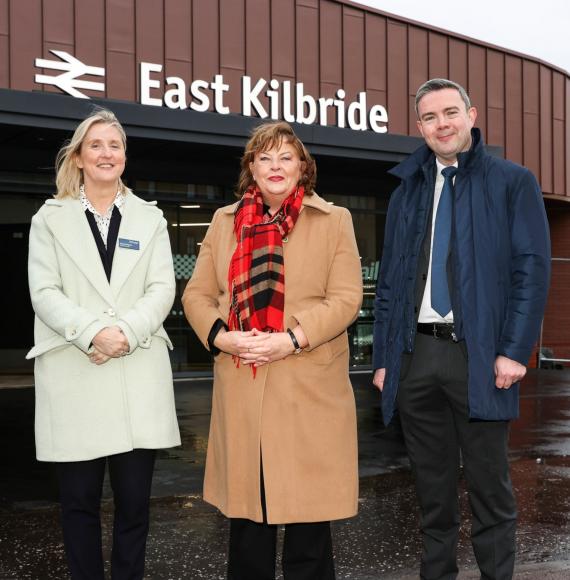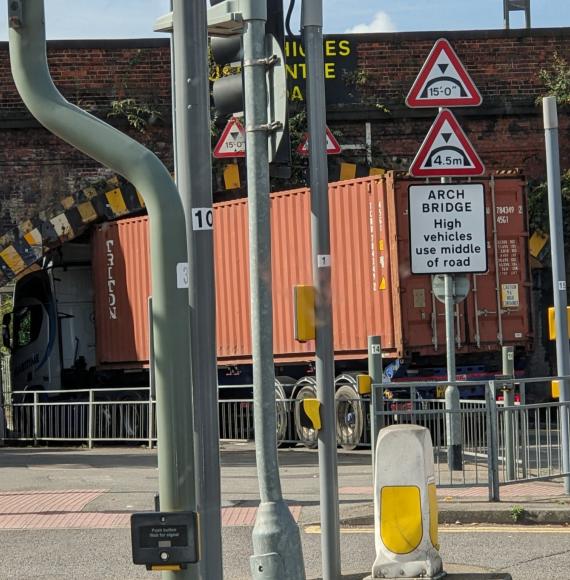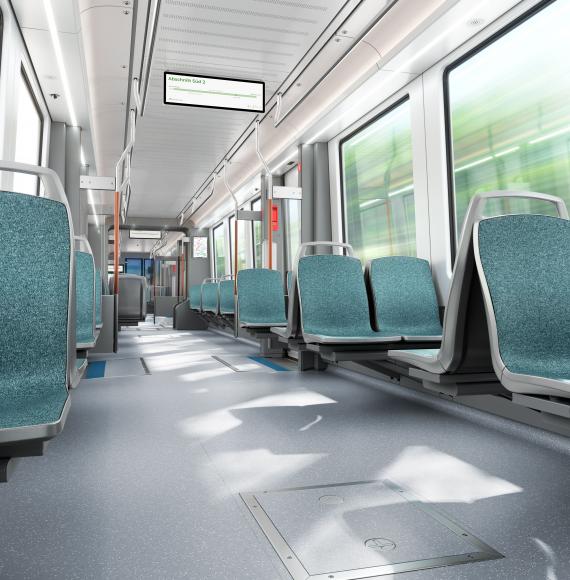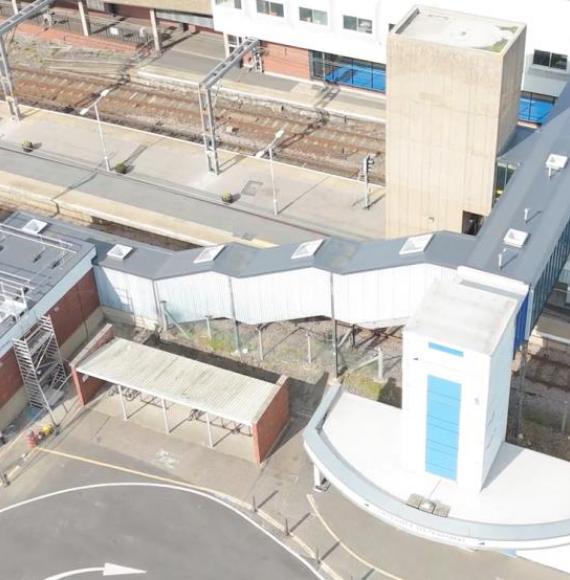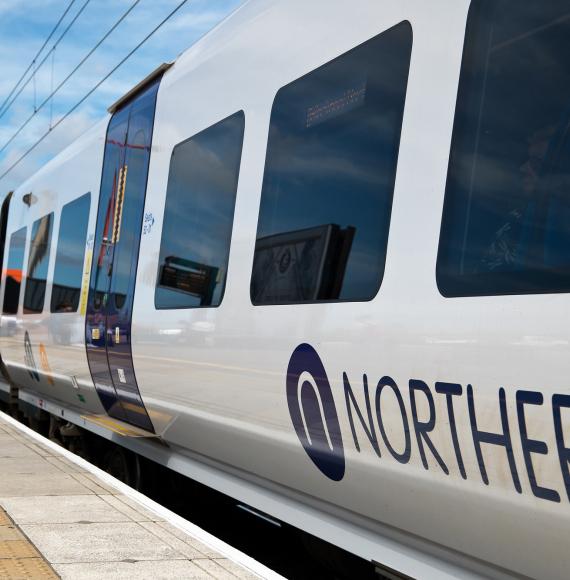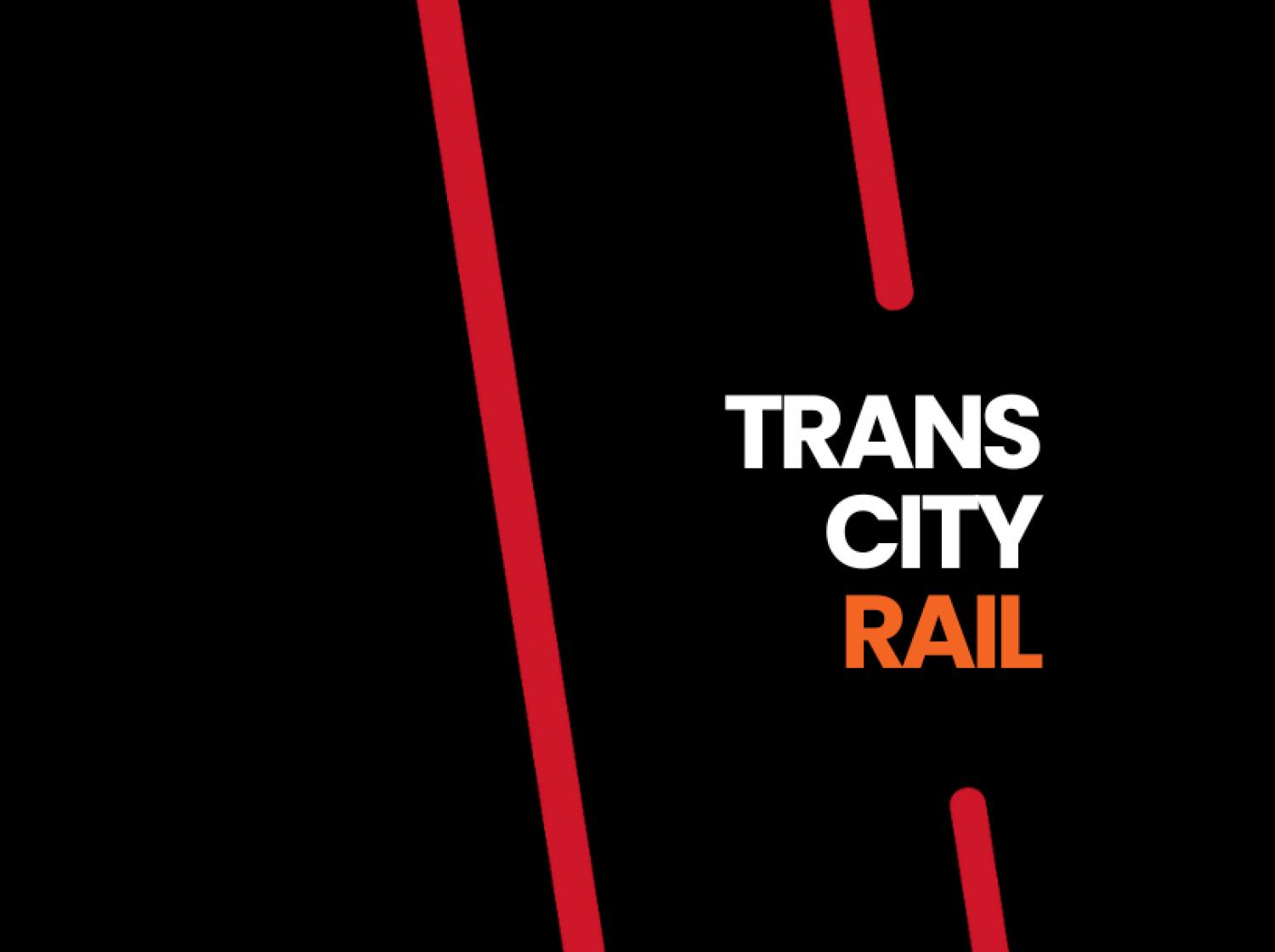Siemens Mobility will introduce a Communications-Based Train Control System (CBTC) on Berlin’s metro for the first time after winning a tender from Berliner Verkehrsbetriebe (BVG).
The Trainguard MT CBTC technology will enable semi-automated operation on the U-Bahn’s U5 line by 2029 and on the U8 line by 2032, increasing capacity on both routes by 30%.
Furthermore, the technology will allow for headways of less than 100 seconds, boosting both reliability and punctuality on the two lines.
Siemens Mobility will perform the conversion during ongoing operations so that trains on both lines can continue to function.
The contract is worth approximately €200 million, as well as additional long-term technology maintenance contracts.
Michael Peter, CEO of Siemens Mobility, said: “The investment in our leading CBTC technology for metros is really good news for rail passengers in Berlin. It will provide the technical conditions for semi-automated trains to run on the lines every 100 seconds.
“This translates into 30% more passenger capacity for Berliners and is the best answer for increasing climate protection and meeting the growing need for mobility.”

The Trainguard MT will be equipped over a total of 40 kilometres of track, encompassing all 26 stations on the U5 line and all 24 stations on the U8 line.
Siemens Mobility will completely replace the existing signalling system on both lines with its digital CBTC technology, enabling a more efficient and centralised monitoring of operations and a higher level of automation and connectivity.
Once the system is implemented, trains will be able to communicate continuously with the trackside, run automatically at specified intervals, perform emergency braking, and accelerate and brake autonomously.
Train drivers will still be able to intervene in an emergency.
By relying on real-time data on train positions and speeds, more trains will be able to run at shorter headways along the line.
Image credit: BVG/Oliver Lang

